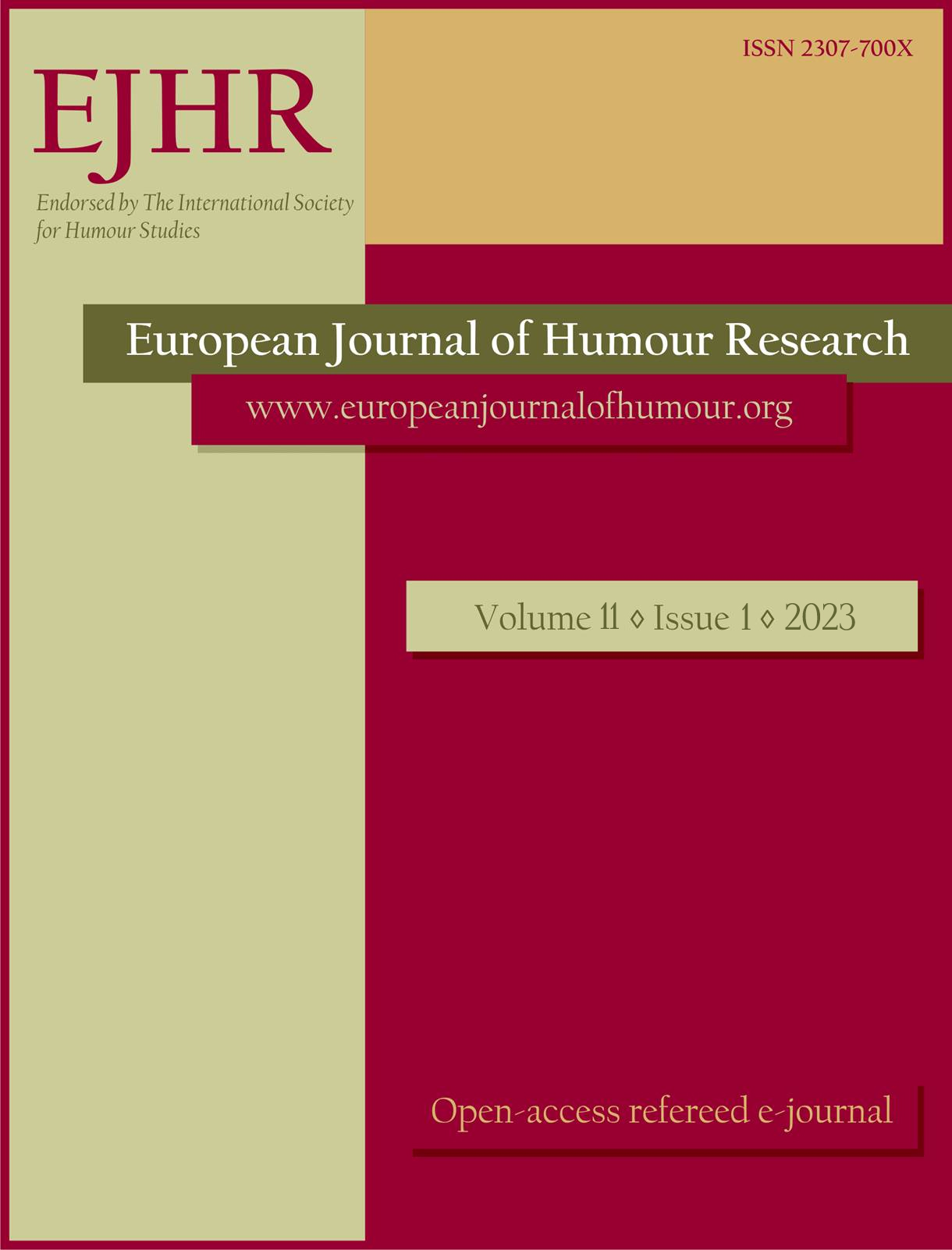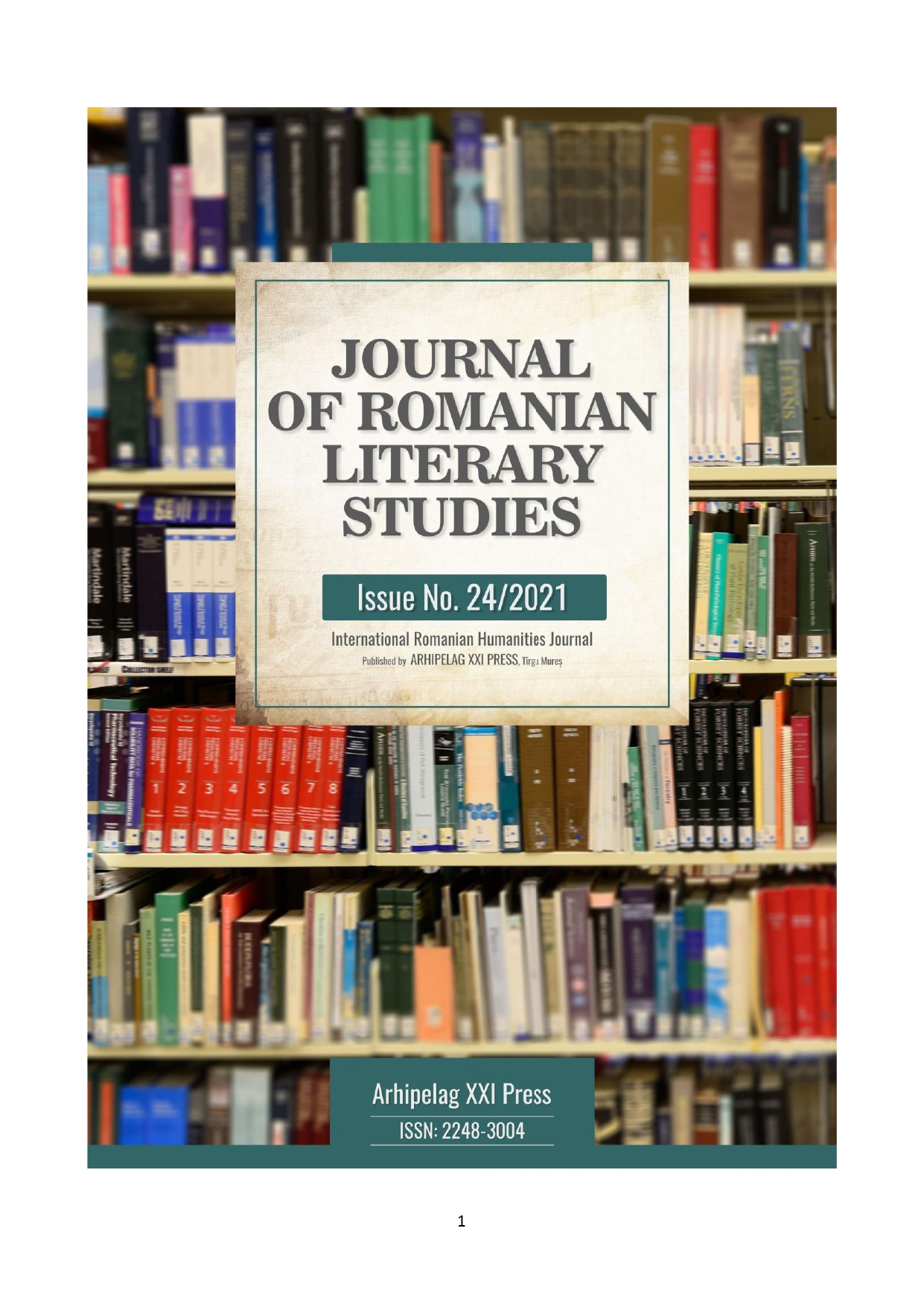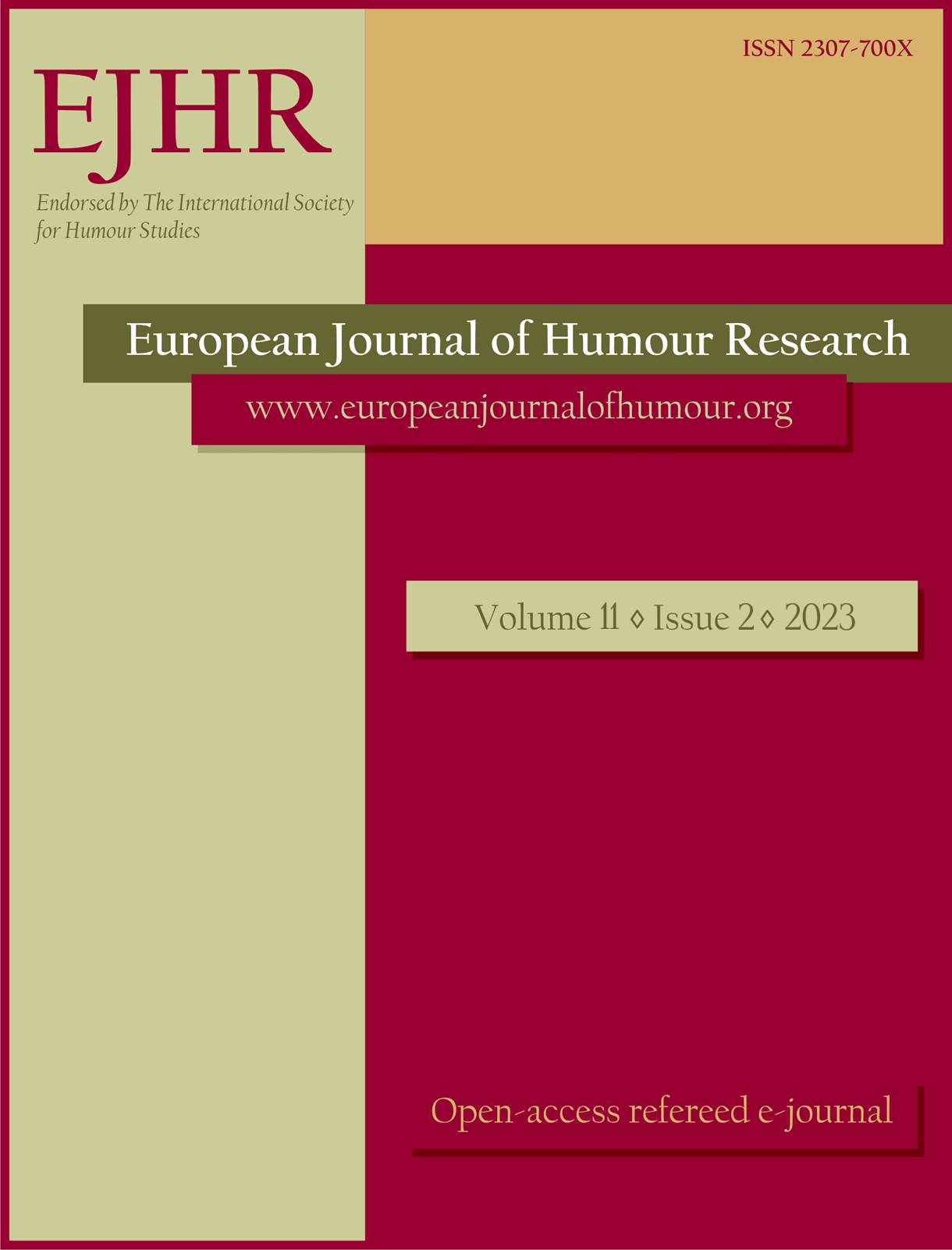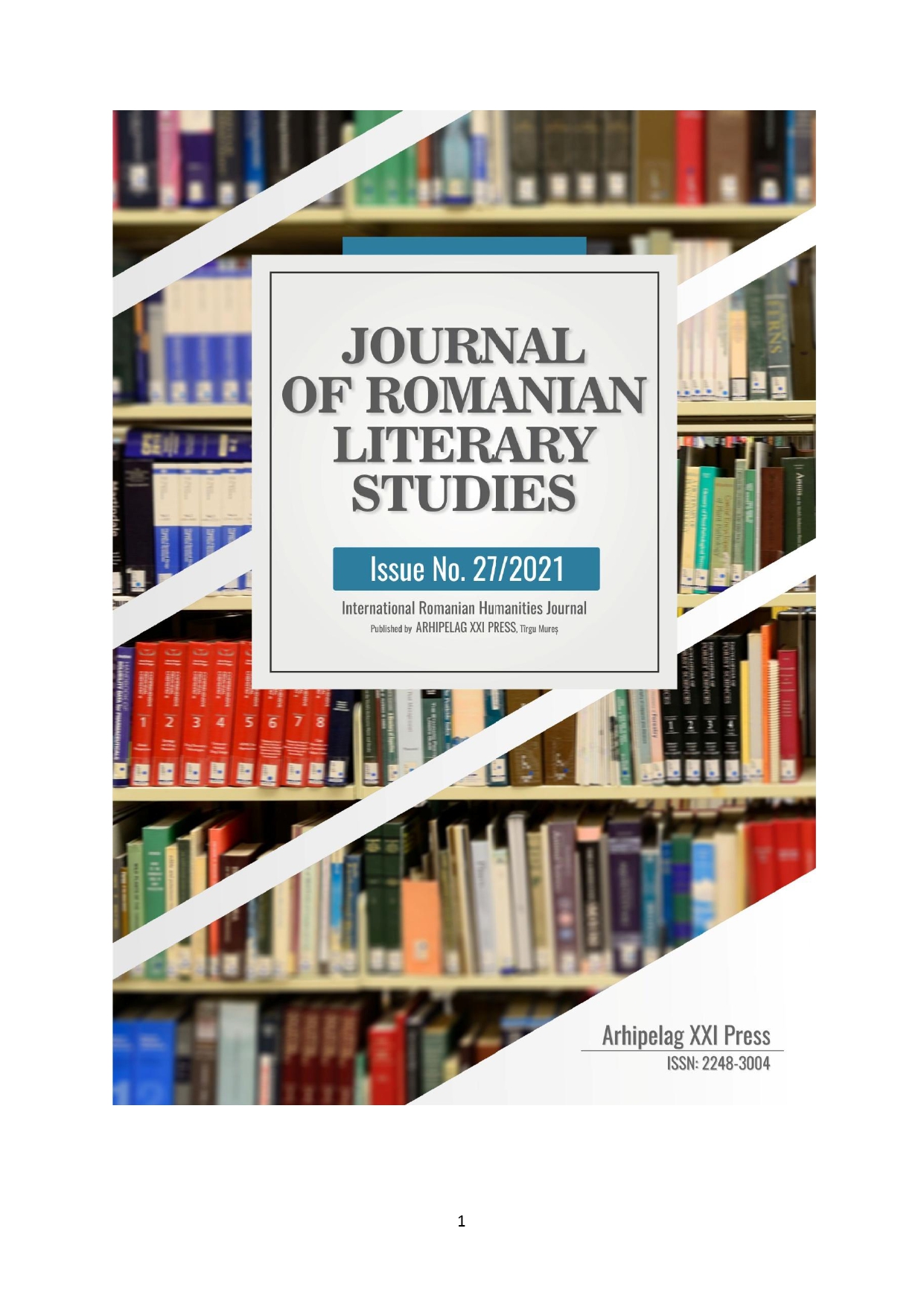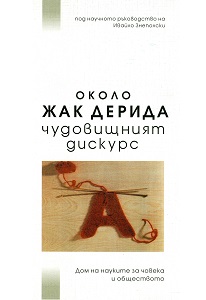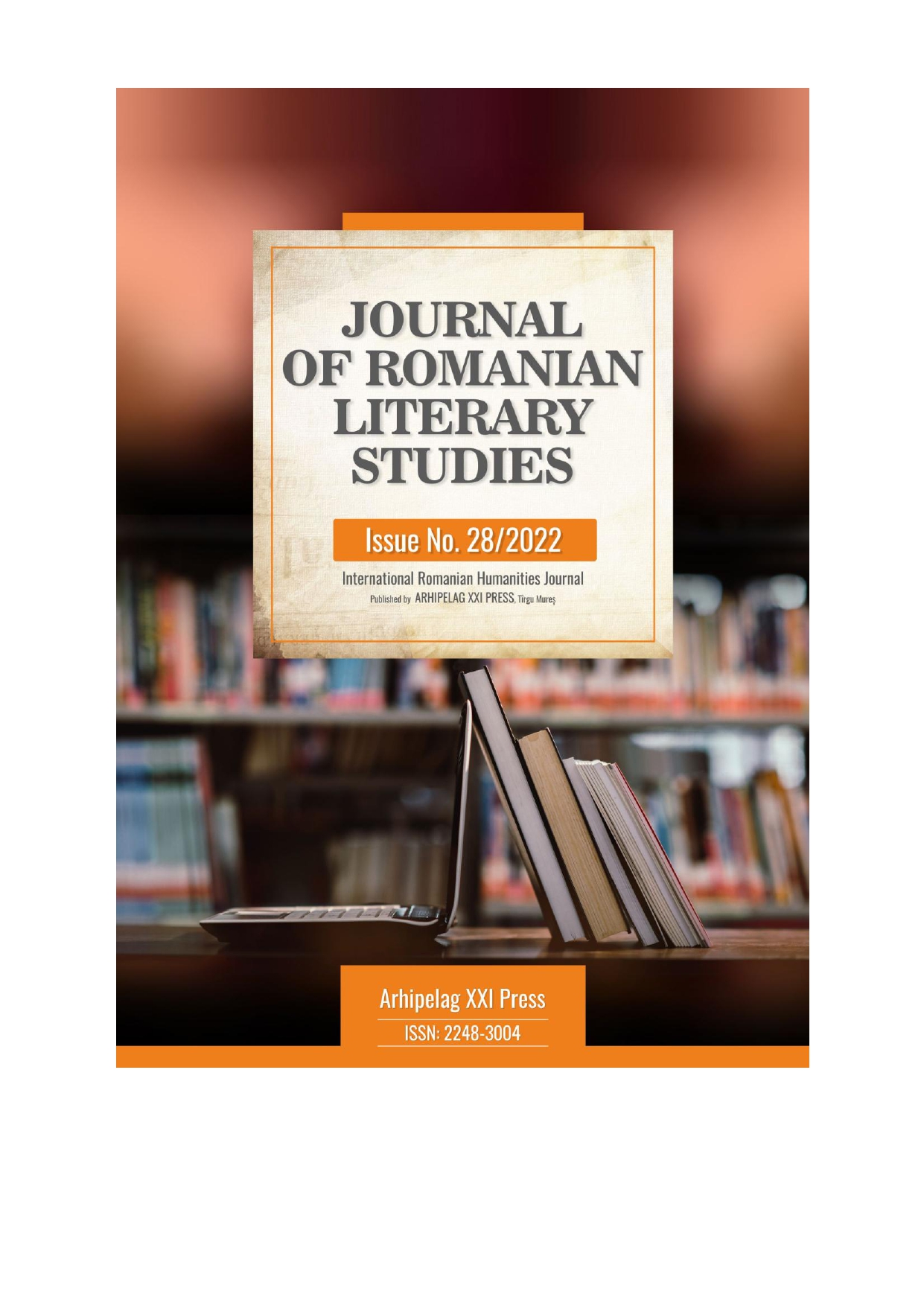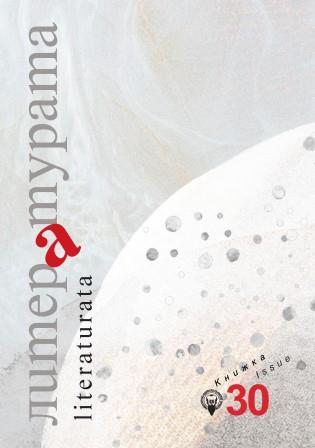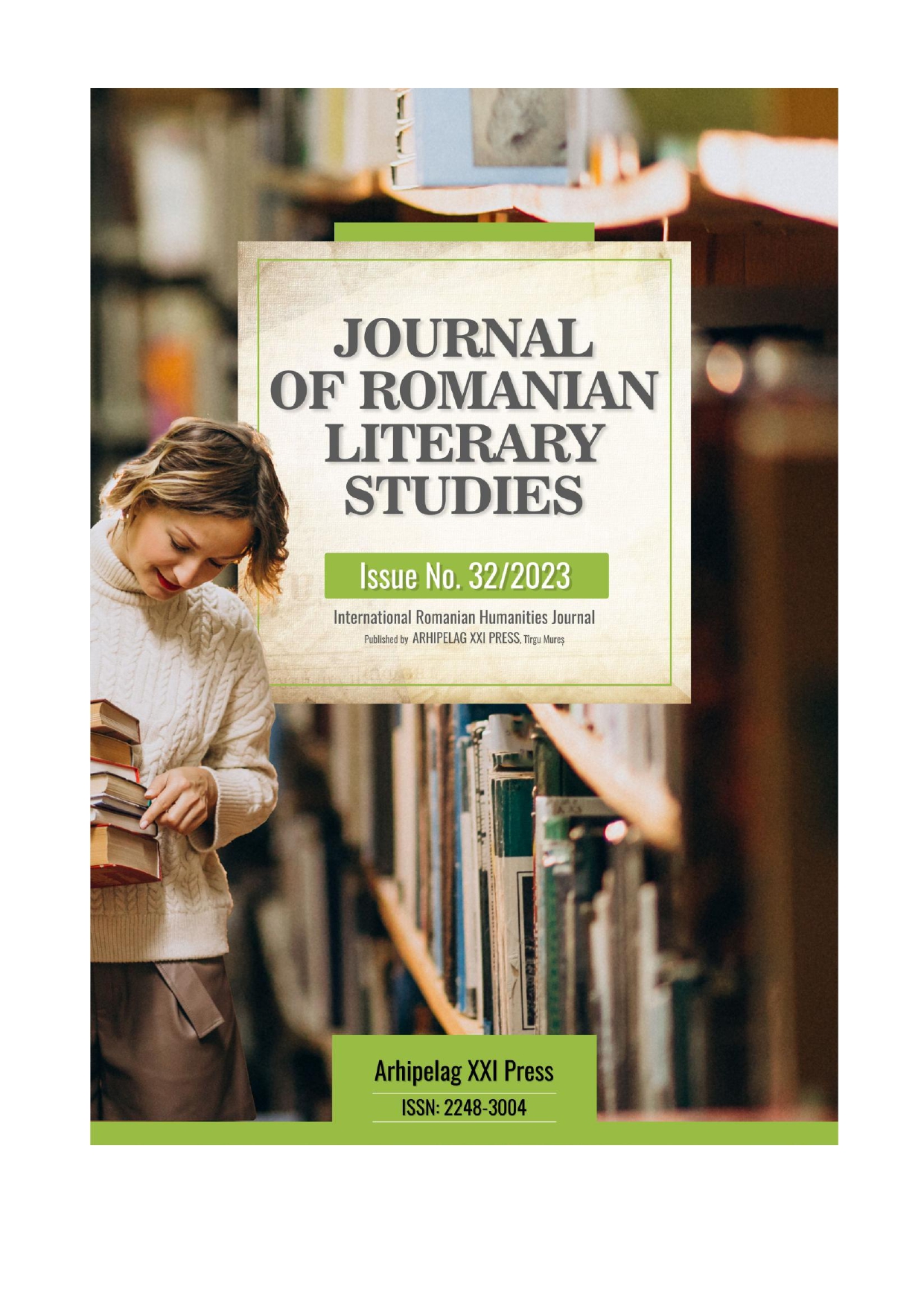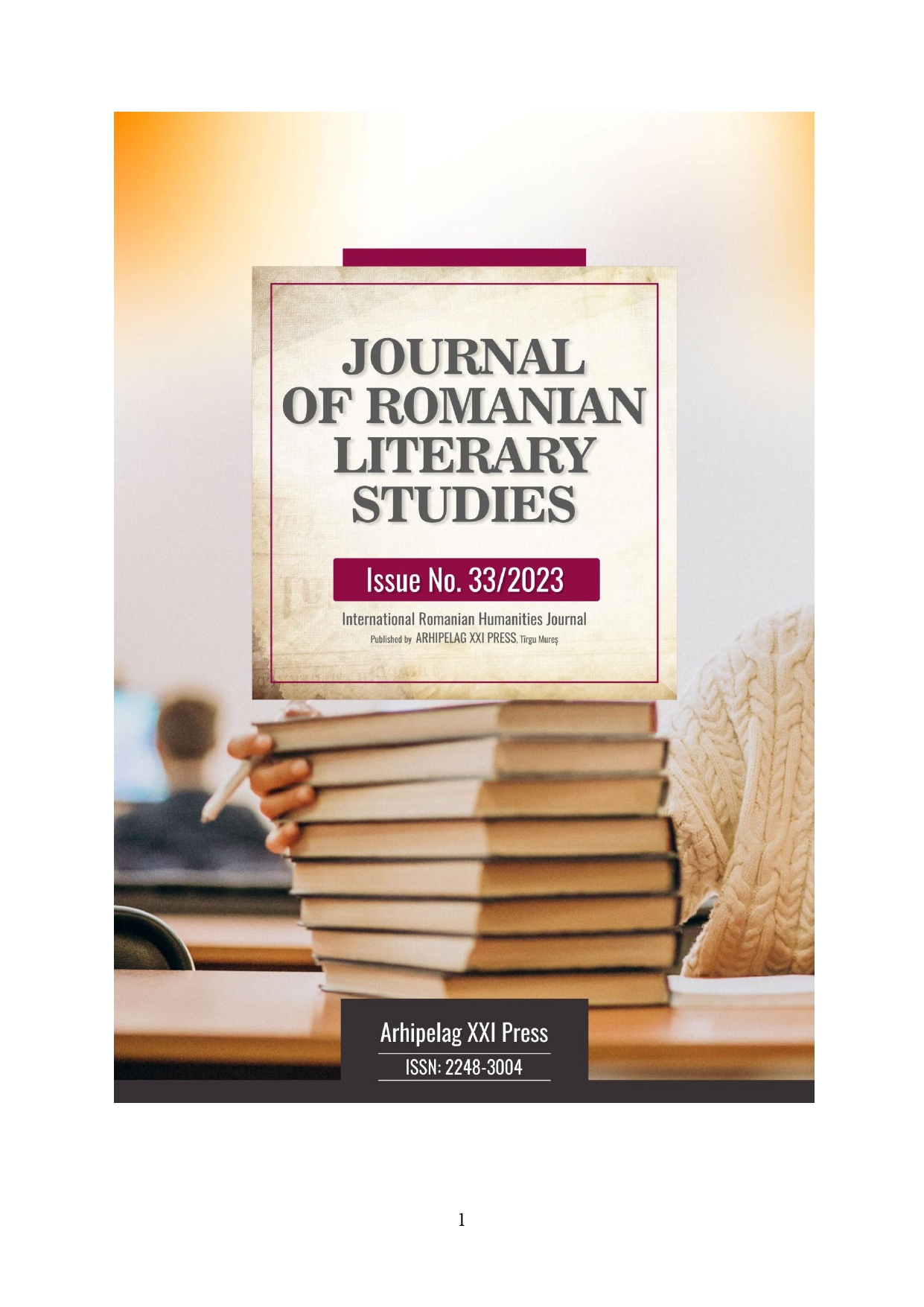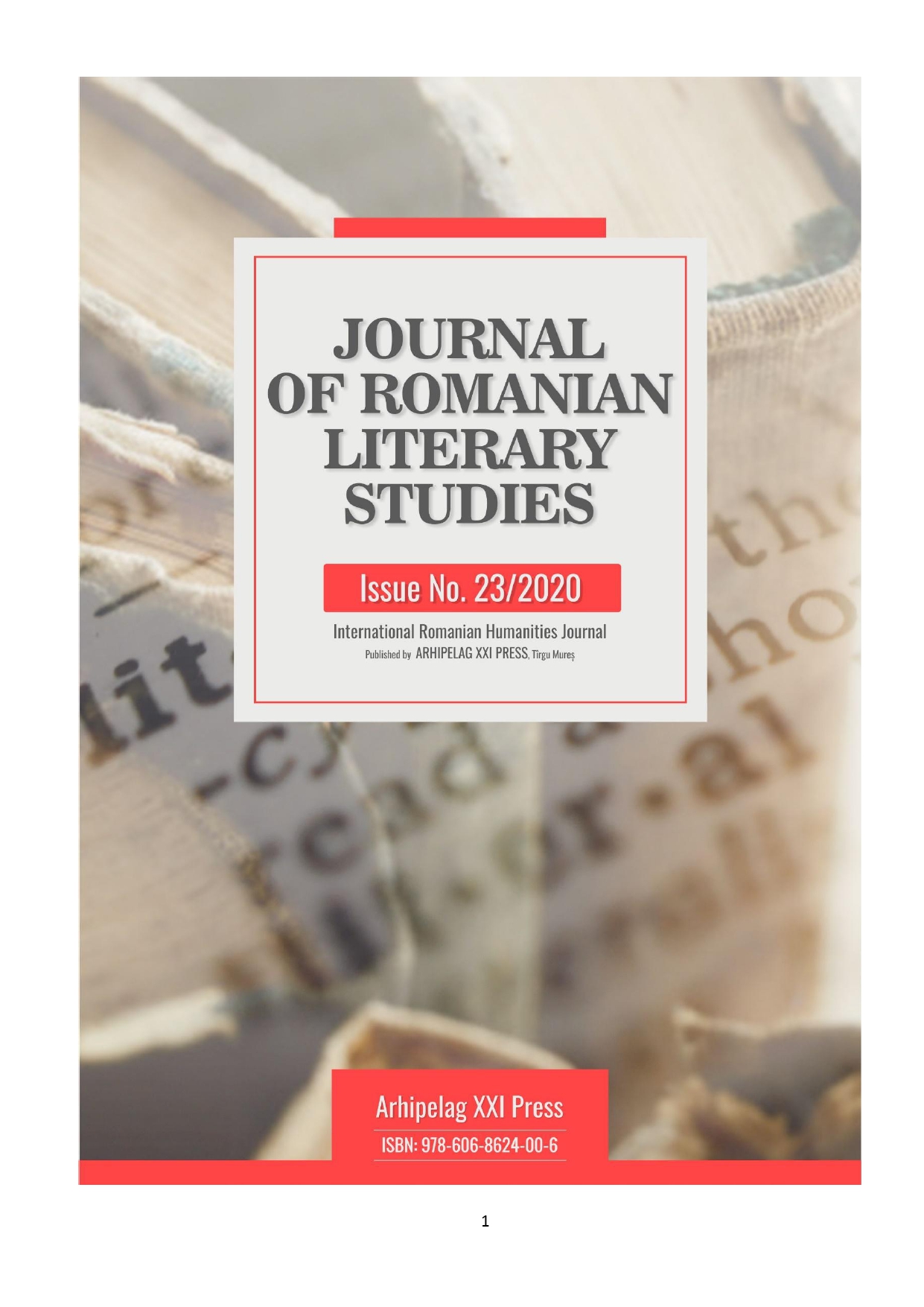
CHALLENGES AND PITFALLS IN CONDUCTING DIALECTAL SURVEY IN THE AREA BÂRGĂULUI, BISTRIȚA-NĂSĂUD COUNTY
Bârgăului Valley in Bistrița-Năsăud County is considered a transition area, which falls within the Northeastern Transylvanian language. Dialectal survey is an effective method of collection of linguistic material, as it involves the interaction of the investigator with the subjects and direct recording of concrete information related to the evolution of a subject. The purpose of the study is to present the challenges and pitfalls encountered in developing surveys dialects developed in the Bârgăului area, Bistrița-Năsăud county. In conducting the direct dialect survey in the field, I used the "spy" recording method. and I applied a questionnaire consisting of 186 questions. The linguistic material collected was saved on electronic support for the purpose of phonetic transcription, systematization, analysis and interpretation of phonetically, morphologically and lexically. Currently, the conduct of a dialectal survey subjects the investigator to attempts at time type, technology progress etc. People are very busy, work in factories, and after finishing the program ends its field work and housework. Young people no longer have time available, because he plans and organizes each action. Development of social networks and online media tools, regardless of the age of the informants, there is a fear of not being popularized on the internet, either out of a desire to protect their identity and privacy, or from fear of not being judged by the community, due to the fact that they are not aware of the village traditions, not knowing how to answer some questions. Technological advances have helped me as an investigator in recording, storing and processing information collected, but at the same time through the development of networks and media channels have contributed to the fear induction of popularization in the virtual environment.
More...
